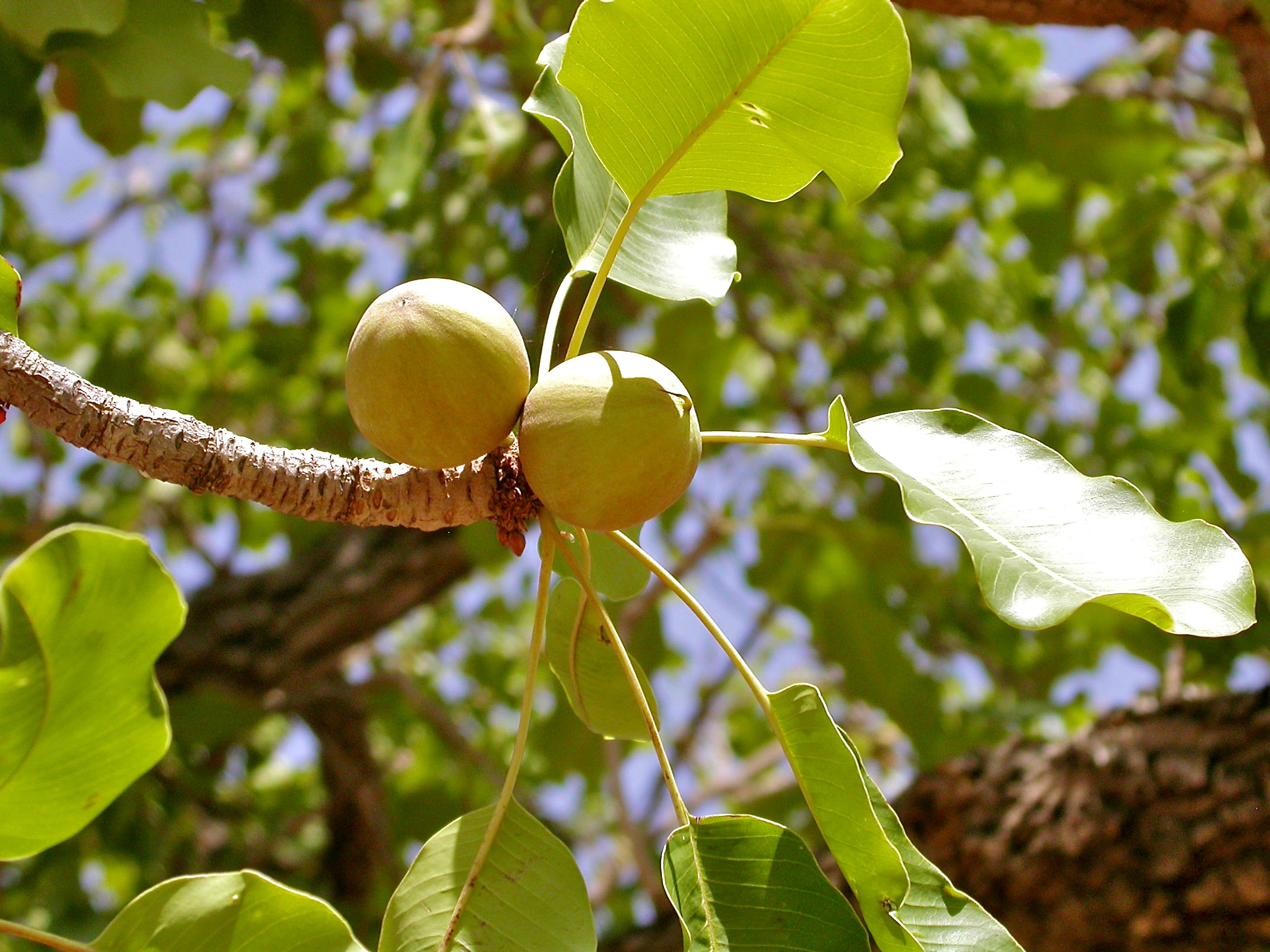With over five million people, Ghana’s Northern Savannah Zone is home to the country’s poorest regions where many people make a living from subsistence farming. This area, dominated by shea landscapes, faces an alarming rate of deforestation and forest degradation, with a 77 percent loss of forest cover between 2001 and 2015 alone 77 percent loss of forest cover between 2001 and 2015 alone. Major deforestation drivers are logging and commercial agriculture, leading to the conversion of shea parklands to grassland and pasture. Yet, shea trees have an enormous carbon sequestration potential and can improve the resilience of ecosystems and the surrounding communities who are living in a climate change hotspot.
With a life span of 200 to 300 years, the shea tree is a traditional African food plant that bears abundant crops during much of its lifetime, generating approximately US$175 million in national revenue annually while promoting sustainable livelihoods.
Women’s Gold
An estimated 16 million women across 21 African countries, from Senegal to South Sudan, depend on the shea tree for their livelihood. Between the months of May and August, they collect and process shea fruits into kernels and butter, both for personal consumption as well as for trading purposes. Harvesting and collecting shea nuts is a key source of income, supporting more than 90 percent of women in this region. Dubbed “women’s gold,” shea represents up to 12 percent of the total income and up to 32 percent of the cash at the household level, according to a recent study led by FAO and the Global Shea Alliance.
In the Northern Savannah Zone, women are traditionally excluded from land ownership, but nevertheless allowed access to shea parklands to collect and utilize shea fruits and nuts. Since rural women in Ghana are also less likely to engage in wage employment than men, the shea business is one of the few ways for them to have financial autonomy. It is socially accepted that they control this part of the family income and usually, it is spent on education, health insurance and other social services.
Shea butter is used for cooking and the fabrication of cosmetics, but also as a substitute for cocoa butter in chocolate production. The worldwide demand for shea butter is soaring, driving a 600 percent increase in exports in the last two decades.
Major threats to the shea value chain
The success of shea and its associated benefits for women are nonetheless based on fragile ground. Adamu Iddrisu, a shea collector from the community of Tia in Northern Ghana, knows the multiple threats affecting local shea parklands: “We get fruit from the shea trees, but also used to cut them for firewood and charcoal. And people who move from other areas cut down the shea trees to make way for their settlements and farms.”
Customary regulations protect the shea trees in many countries across the Sahel zone, but the challenges faced, especially by rural youth in making a decent living, are putting more pressure on them. It is estimated that around 8 million shea trees are lost every year across West Africa. If current trends continue, major shortages in the West African shea supply chain are anticipated in the next 15 to 20 years, with dramatic consequences for the livelihoods of millions of women collectors and processors, as well as for the survival of shea industry as a whole.
Restoring the landscape to nourish opportunities
The Ghana Shea Landscape Emission Reductions Project, funded by the Green Climate Fund (GCF), the Government of Ghana and private sector entities, seeks to address these challenges in the Northern Savannah Zone, while promoting investments in the shea value chain and women’s empowerment. The major goals of the project are to restore 500,000 hectares of off-reserve savannah forests and degraded shea parklands and to establish 25,500 hectares of forest plantations in severely degraded forest reserves. The Forestry Commission of Ghana will implement the project, with technical support from UNDP and in cooperation with the Global Shea Alliance, national and local institutions, civil society organizations and private sector actors. Empowering communities to monitor savannah forests, as well as training them in fire management and control are among the planned activities aimed at directly strengthening the livelihoods of more than 100,000 people in the region. Landscape restoration through planting shea and other indigenous tree species is of particular importance in a climate-change hotspot highly dependent on rainfed agriculture to ensure the country’s long-term food security.
Shea and the potential to mitigate climate change in the region
Besides the economic and cultural significance for women in the region, shea has a considerable potential to mitigate climate change in West Africa. It is expected that the activities of the Ghana Shea Landscape Emission Reductions Project will result in an estimated reduction of 6 million tons of carbon emissions over the first seven years of the project’s lifetime. The positive environmental impacts of shea are tied to the characteristics of agroforestry systems in the region, as the trees grow naturally, without requiring fertilizers and are integrated with other crops on smallholder farms, thus creating a rich and diverse landscape that acts like a natural carbon sink.
The Tia community is now planting shea seedlings to restore degraded areas and Adamu Iddrisu is hopeful: “We will not have to travel long distances again to collect the shea fruits. I am really happy as our children and great-grandchildren are also going to benefit from the trees once they grow.”
The project is supported by UNDP Climate & Forests which assists different countries and stakeholders in the implementation of the Paris Agreement by reducing deforestation, forest degradation and promoting sustainable development pathways. As one of the leading REDD+ countries in Africa, Ghana is a UN-REDD Programme partner country and has benefitted from Programme’s technical advice on topics such as NFMS, MRV and REDD+ funding mechanisms. For more information, please visit the project profile for the Ghana Shea Landscape Emission Reductions Project.

